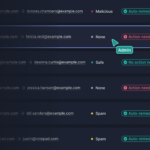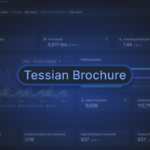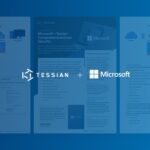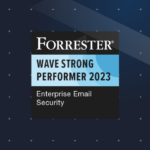Tessian Blog
Subscribe to our blog
Industry insights, straight to your inbox every week
- All Categories
- ...
-
 Integrated Cloud Email Security, Advanced Email Threats
Integrated Cloud Email Security, Advanced Email ThreatsProduct Update: Enhanced Security Event Filtering and Reporting
-
 Advanced Email Threats
Advanced Email ThreatsThe Three Biggest Problems Facing Law Firm Security Leaders Right Now
-
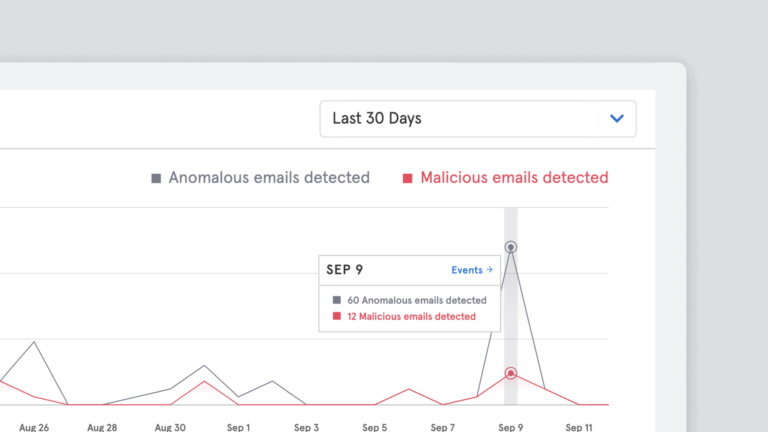 Integrated Cloud Email Security, Advanced Email Threats, Data & Trends
Integrated Cloud Email Security, Advanced Email Threats, Data & TrendsProduct Update: Improvement to Algorithms Sees 15% Increase in Detection of Advanced Email Threats
-
 Advanced Email Threats
Advanced Email ThreatsWhen a Breach is More Than Just a Breach
-
 Advanced Email Threats
Advanced Email Threats52% of U.S. Healthcare Insurance Providers At Risk of Email Impersonation During Open Enrollment
-
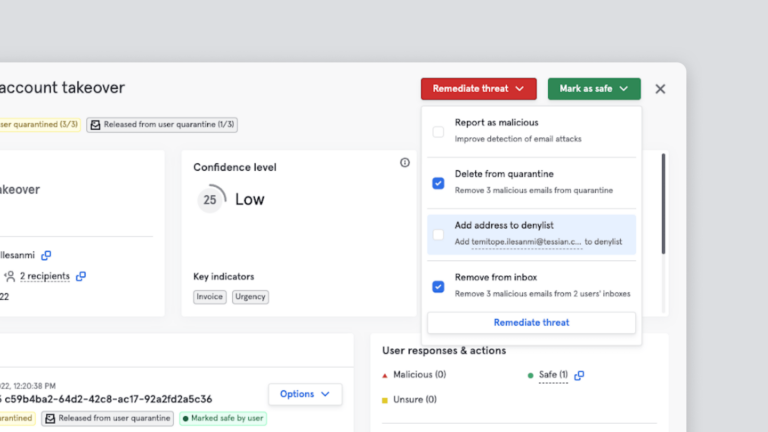 Integrated Cloud Email Security
Integrated Cloud Email SecurityProduct Update: Enhanced Event Triage to Speed Up Detection and Response to Malicious Emails
-
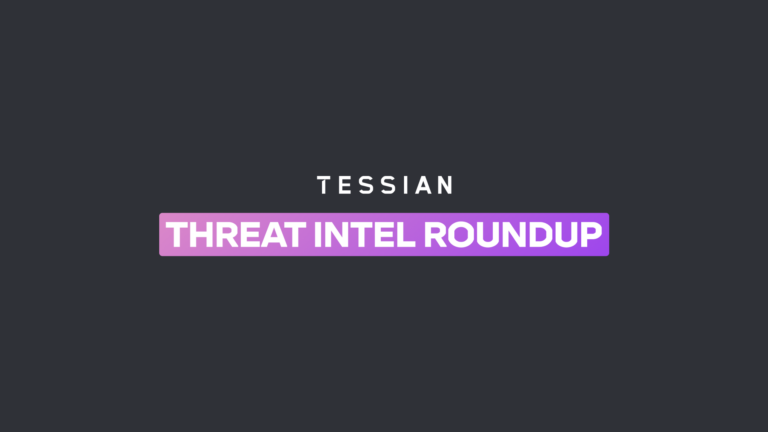 Threat Stories
Threat StoriesTessian Threat Intel
-
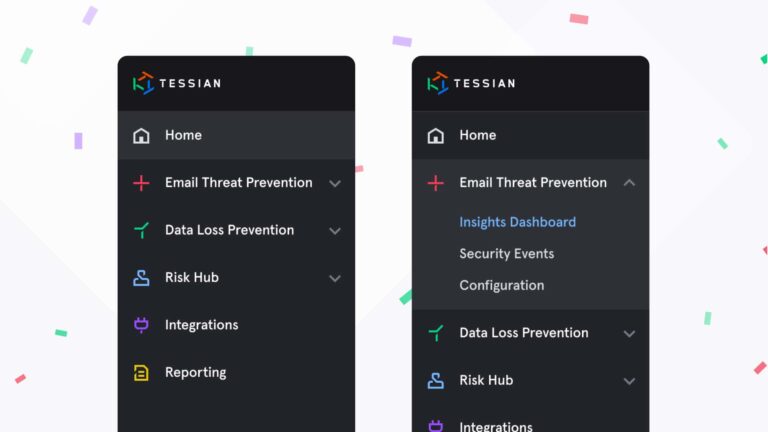 Integrated Cloud Email Security
Integrated Cloud Email SecurityProduct Update: Tessian Enhances Portal Navigation to Help Security Teams Respond to Incidents Faster
-
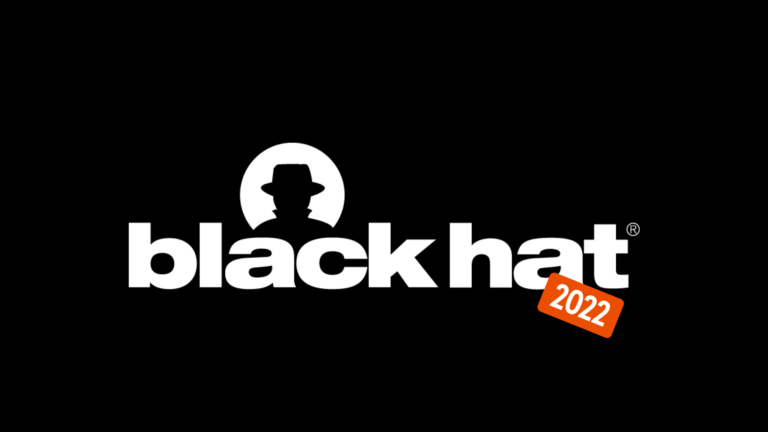 Integrated Cloud Email Security
Integrated Cloud Email SecurityPhishing, Email Breaches and Multi-Factor Authentication Compromise Take Center Stage at Black Hat 2022
-
 Interviews With CISOs, Podcast, Compliance
Interviews With CISOs, Podcast, ComplianceLola Obamehinti on What Good Security Awareness Training Looks Like
-
 Customer Stories
Customer StoriesPreventing Data Exfiltration at a FTSE 100 Tech Company
-
 Interviews With CISOs, Integrated Cloud Email Security
Interviews With CISOs, Integrated Cloud Email SecurityHot Takes: 8 Ways to Strengthen the CISO and CFO Relationship
-
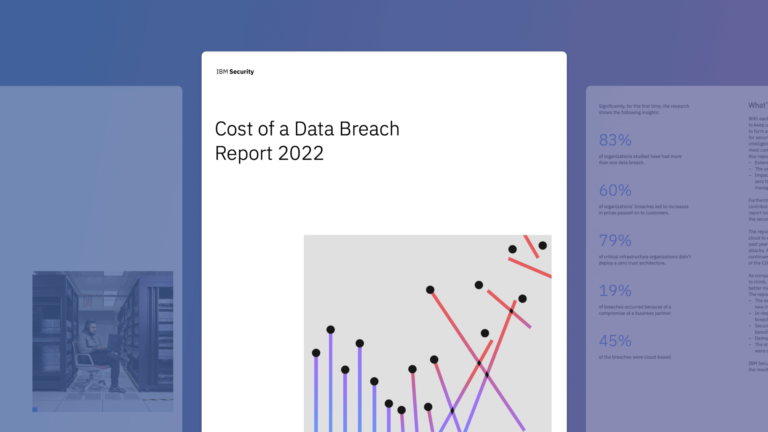 Email DLP, Advanced Email Threats
Email DLP, Advanced Email ThreatsKey Takeaways from IBM’s 2022 Cost of a Data Breach Report
-
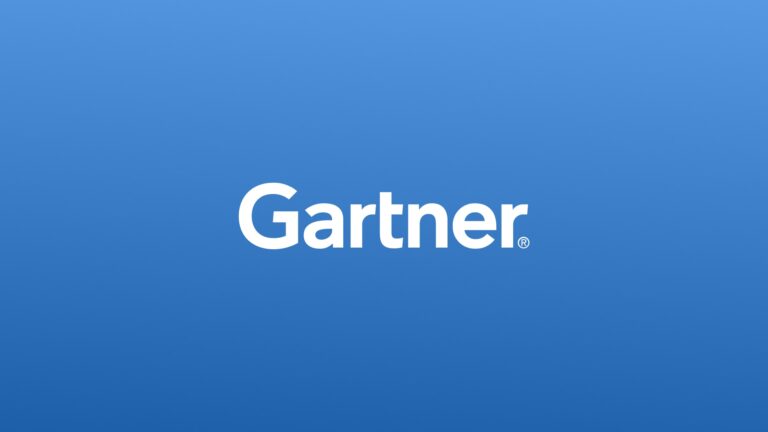 Integrated Cloud Email Security, Email DLP
Integrated Cloud Email Security, Email DLPTessian Recognized as a Representative Vendor in the 2022 GartnerⓇ Market Guide for Data Loss Prevention
-
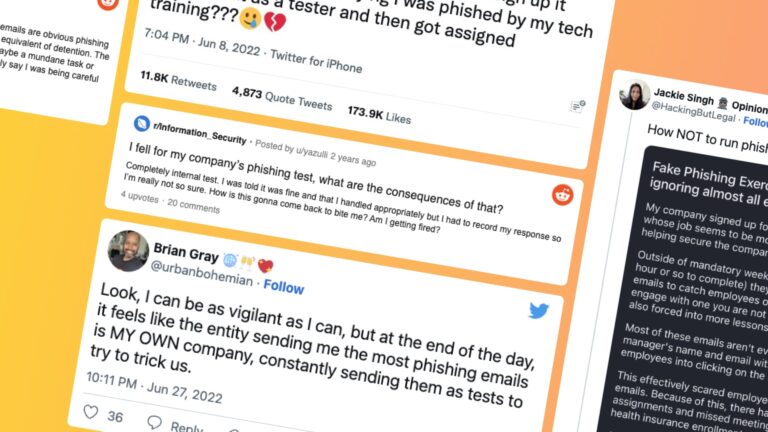 Integrated Cloud Email Security
Integrated Cloud Email SecurityHow to use phishing tests and in-the-moment cybersecurity awareness training to strengthen your cyber defenses
-
 Threat Stories
Threat StoriesTessian Threat Intel Roundup: July 2022
-
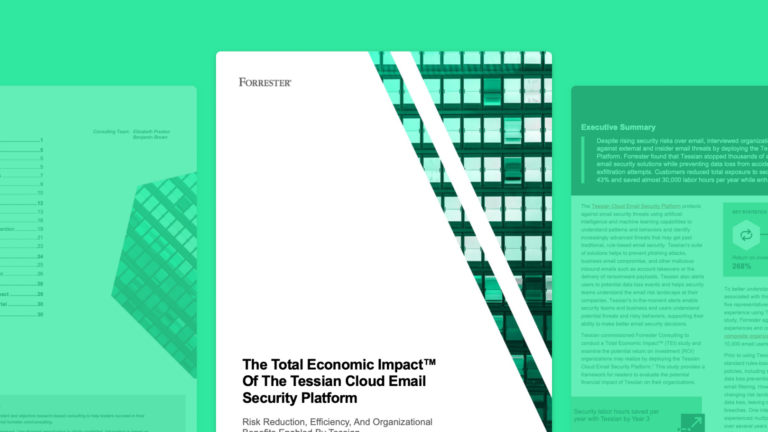
New Study from Forrester Consulting: The Total Economic Impact™ of Tessian Cloud Email Security Platform
-
 Integrated Cloud Email Security, Advanced Email Threats
Integrated Cloud Email Security, Advanced Email ThreatsHow to Prepare for Increasing Cyber Risk
-
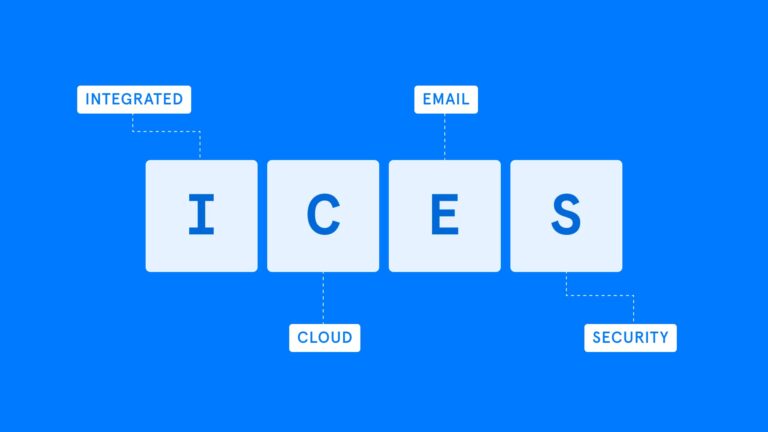 Email DLP, Integrated Cloud Email Security, Advanced Email Threats
Email DLP, Integrated Cloud Email Security, Advanced Email ThreatsWhat is an Integrated Cloud Email Security (ICES) Solution?
-
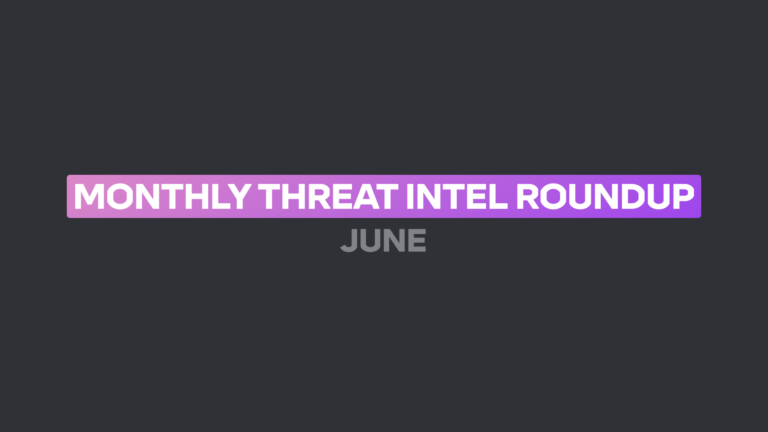 Threat Stories
Threat StoriesTessian Threat Intel Roundup for June


